In the vast symphony of nature, one performer stands out above all others with its ear-splitting solo. The African cicada *Brevisana brevis* holds the undisputed title of the loudest insect on Earth, capable of producing sounds reaching an astonishing 106.7 decibels. To put this in perspective, that’s louder than a chainsaw, jackhammer, or even a rock concert. But what drives this tiny creature to produce such deafening sounds? Is it truly “screaming,” and if so, why? The answer lies in a fascinating intersection of evolution, survival, and reproduction. This remarkable insect has developed specialized sound-producing organs that have been refined over millions of years to create one of nature’s most impressive acoustic displays.
The Record-Breaking Decibels
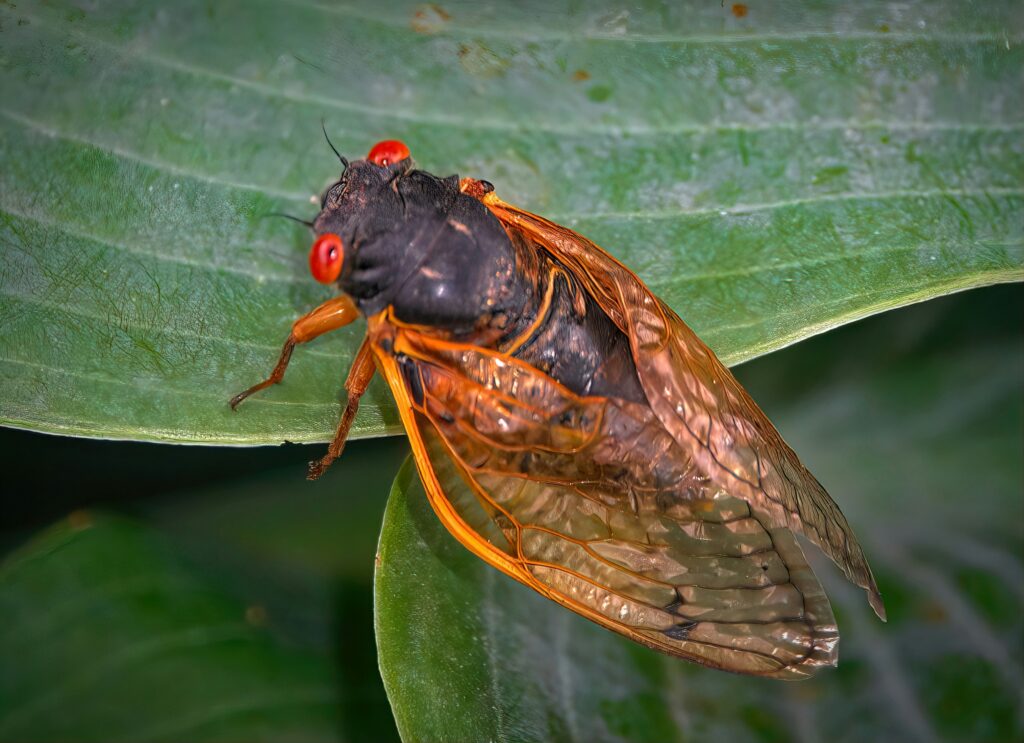
The African cicada *Brevisana brevis* produces sounds measuring 106.7 decibels when measured at a distance of 50 centimeters, making it officially the loudest insect on the planet. This sound level is comparable to standing next to a subway train or attending a rock concert without ear protection. For an insect barely 2 inches in length, this acoustic achievement represents an extraordinary feat of biological engineering. To generate equivalent volume relative to its size, a human would need to shout at over 180 decibels—a sound so loud it would cause immediate hearing damage and physical pain. Scientists studying these remarkable insects often must wear ear protection when collecting specimens in the field.
The Anatomy of Sound Production
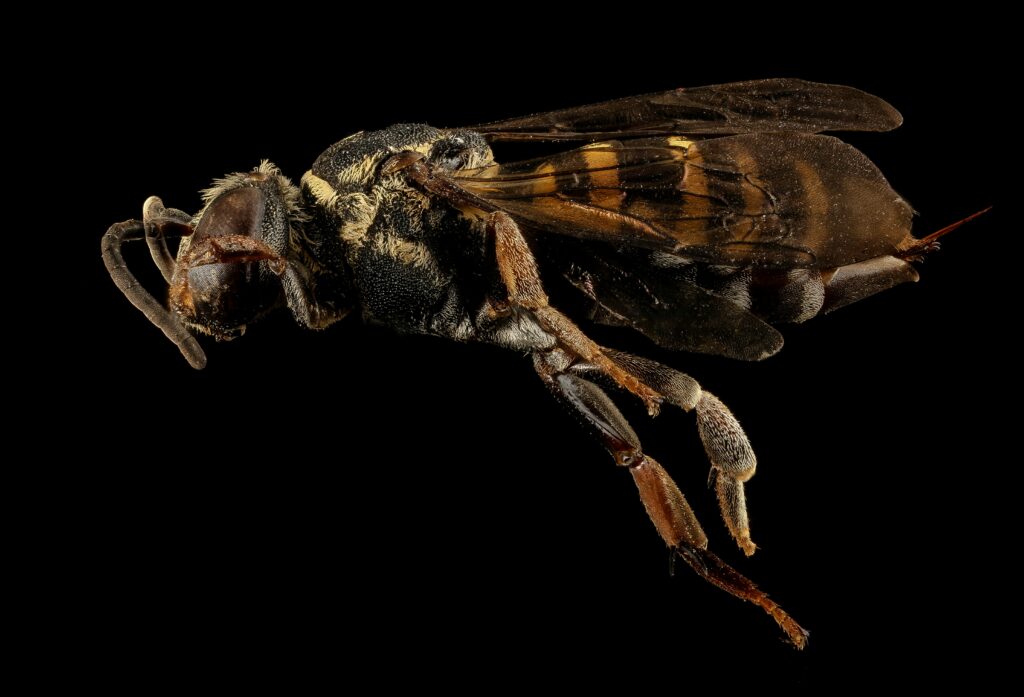
The cicada’s remarkable volume comes from specialized organs called tymbals, which are located on either side of the insect’s abdomen. These ribbed membranes are connected to powerful muscles that rapidly contract and relax, causing the tymbals to buckle inward and spring back, creating the characteristic clicking sounds. What makes the cicada’s sound so amplified is the largely hollow abdomen, which functions as a sophisticated resonance chamber. Male cicadas also possess specialized structures that amplify these sounds further, with the abdomen acting like a Helmholtz resonator—the same acoustic principle used in musical instruments like guitars. The tymbal mechanism is so efficient that it converts approximately 1% of the insect’s metabolic energy directly into sound, an extraordinarily high conversion rate in the biological world.
Why “Screaming” Is a Misnomer
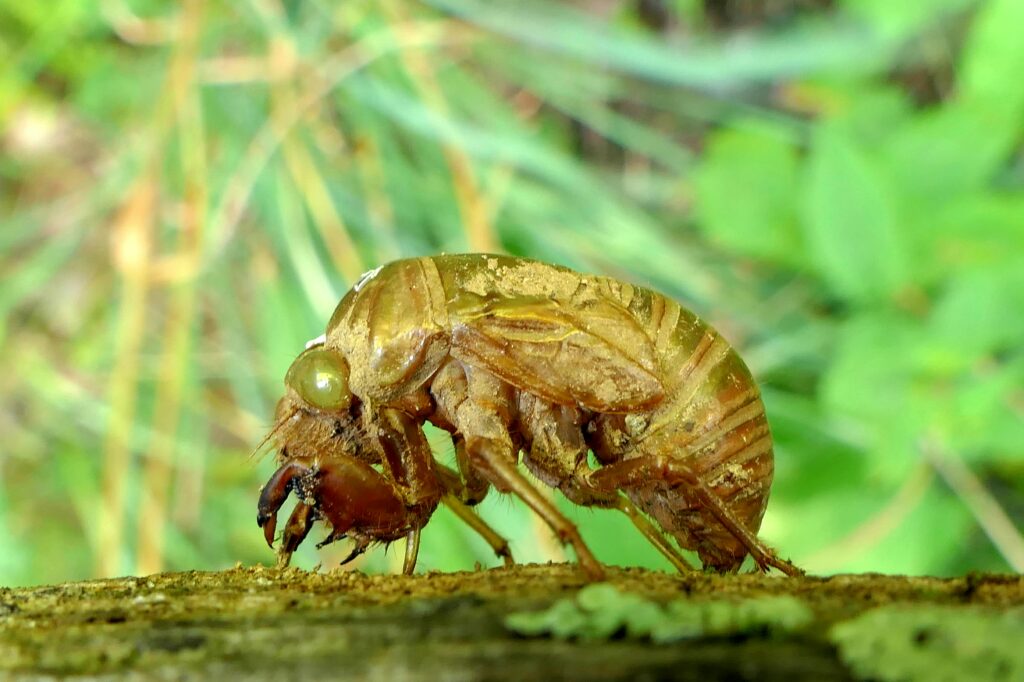
While humans often describe the cicada’s call as a “scream,” this anthropomorphic term doesn’t accurately reflect the biological purpose or mechanism behind the sound. Unlike human screaming, which typically signals distress or fear, the cicada’s loud call is primarily a mating advertisement and territorial signal. The sound-producing mechanism also differs fundamentally from human vocalization, as cicadas don’t use air passage through vocal cords. Instead, the rapid mechanical buckling of the tymbal membranes creates the sound, more akin to a drum than a voice. Scientists prefer terms like “calling,” “singing,” or “stridulating” to describe these insect sounds, reserving “screaming” for human emotional expressions or distress calls in certain mammals.
The Mating Call Purpose

The primary function of the cicada’s deafening call is to attract females for reproduction, serving as a sophisticated sexual advertisement. Each species has a unique acoustic signature, allowing females to identify males of their own kind among the cacophony of sounds in their environment. The loudness of the call helps it travel great distances through dense vegetation, increasing the male’s chances of being heard by receptive females. Research has shown that female cicadas often prefer males producing the loudest calls, suggesting that volume serves as an indicator of genetic fitness and vitality. This preference creates strong evolutionary pressure that has driven the development of increasingly efficient sound-producing structures over millions of years.
The Role of Competition

The extraordinary volume of cicada calls has evolved partly through intense male competition for limited mating opportunities. In many cicada species, males gather in large aggregations called “choruses,” where they compete acoustically to attract females. In these competitive environments, males that can produce louder calls often gain a reproductive advantage by drowning out the signals of their rivals. Some cicada species have even developed counter-singing behaviors, where males time their calls to interfere with those of competitors. The evolutionary arms race for acoustic dominance has pushed sound production to physiological limits, explaining why cicadas have evolved to produce sounds at the threshold of what their bodies can physically generate.
Predator Deterrence Theory
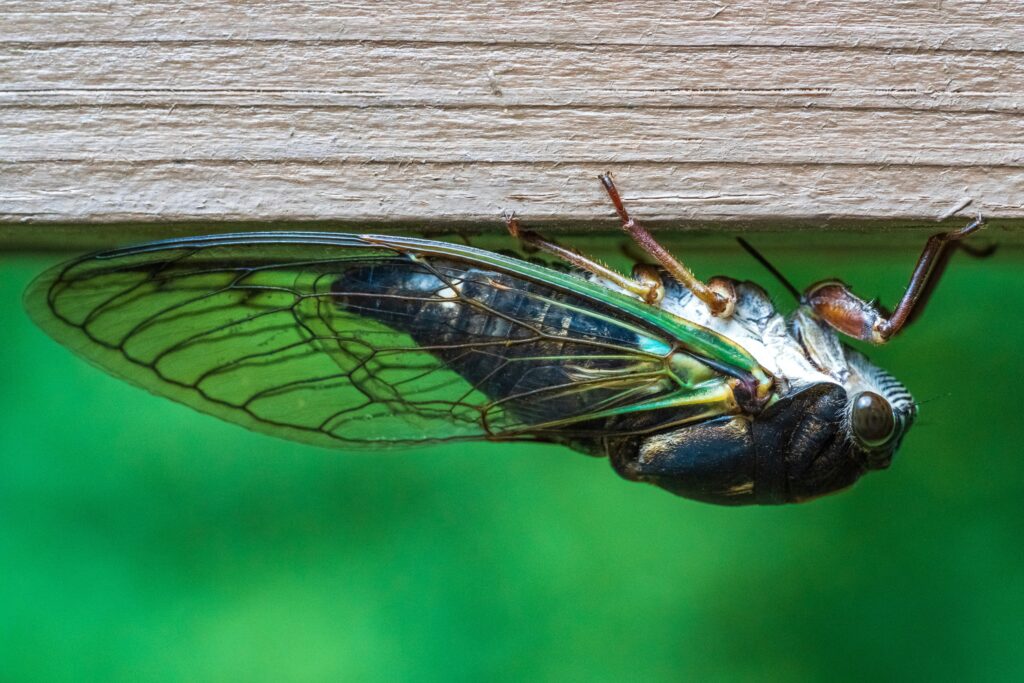
Beyond mating, some scientists propose that the cicada’s loud call may serve a secondary function as a predator deterrent. The sudden, intense sound can startle predators or even cause physical discomfort to some animals that might otherwise consider the cicada prey. Research has demonstrated that certain predatory birds will temporarily avoid areas with high cicada calling activity, possibly due to the acoustic discomfort. Some cicada species can rapidly modulate their calls when threatened, producing shorter, sharper sounds that may function specifically as alarm or defensive signals. This multifunctional aspect of cicada acoustics represents an elegant evolutionary solution that simultaneously addresses both reproductive needs and survival pressures.
Species Variation in Volume

While the African *Brevisana brevis* holds the current volume record, remarkable acoustic abilities are found throughout the approximately 3,000 cicada species worldwide. North American periodical cicadas can produce sounds exceeding 100 decibels, while the Australian bladder cicada (*Cystosoma saundersii*) creates calls reaching 90 decibels. Different species have evolved specialized adaptations to their particular environments, with some forest-dwelling species producing lower-frequency sounds that travel better through dense vegetation. Desert-dwelling cicadas often produce higher-pitched calls that carry efficiently across open spaces but may be less intense in volume. These variations reflect the diverse ecological niches cicadas occupy and the specific communication challenges they face in different habitats.
Energy Expenditure and Survival Costs

Producing such intense sounds requires extraordinary energy expenditure, creating significant metabolic demands on male cicadas. During peak calling periods, males may expend up to 50% of their daily energy budget solely on sound production. This substantial energy investment explains why males typically have shorter lifespans than females and must feed continuously to sustain their calling efforts. The metabolic cost also explains why cicada calls often follow distinct daily patterns, with many species calling most intensely during the warmest parts of the day when their muscles function most efficiently. This energy-versus-benefit tradeoff represents one of the most extreme examples of sexual selection driving costly physical adaptations in the insect world.
Human Impact and Hearing Damage
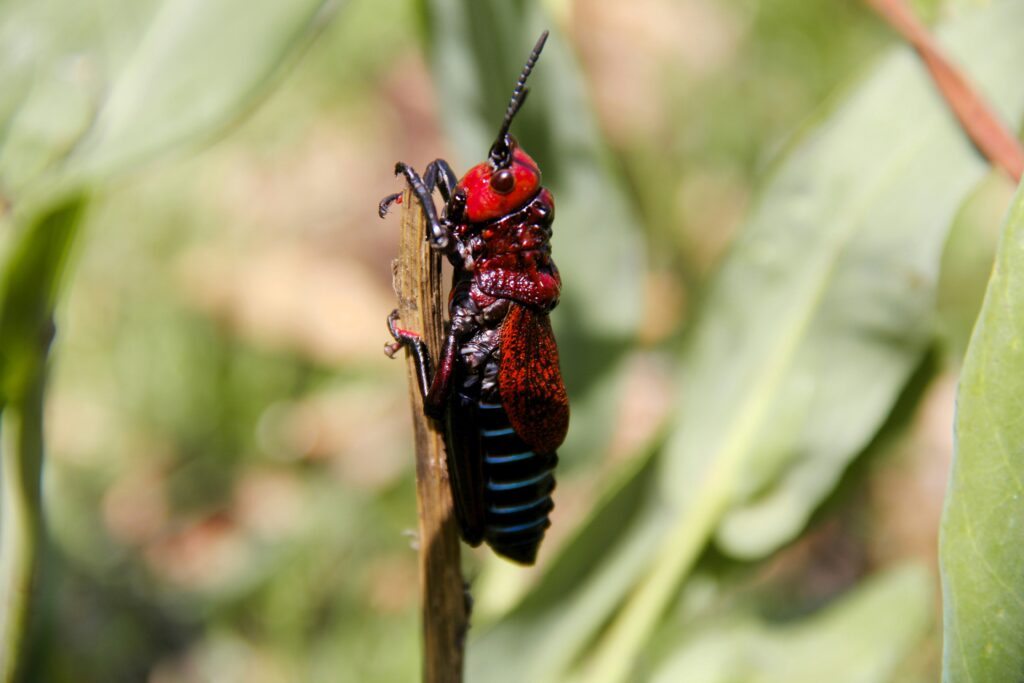
The extreme volume of cicada calls can potentially impact human hearing, particularly during mass emergence events when millions of cicadas may call simultaneously. Prolonged exposure to sounds above 85 decibels can cause hearing damage in humans, and cicada calls often exceed this threshold. During the emergence of 17-year periodical cicadas in the eastern United States, aggregated choruses have been measured at over 90 decibels in suburban areas. Health officials occasionally issue warnings during major cicada emergences, advising people working outdoors in affected areas to consider hearing protection. Despite these concerns, most human exposure to cicada calls is intermittent and at sufficient distance to prevent permanent hearing damage.
Cultural Significance of the “Scream”
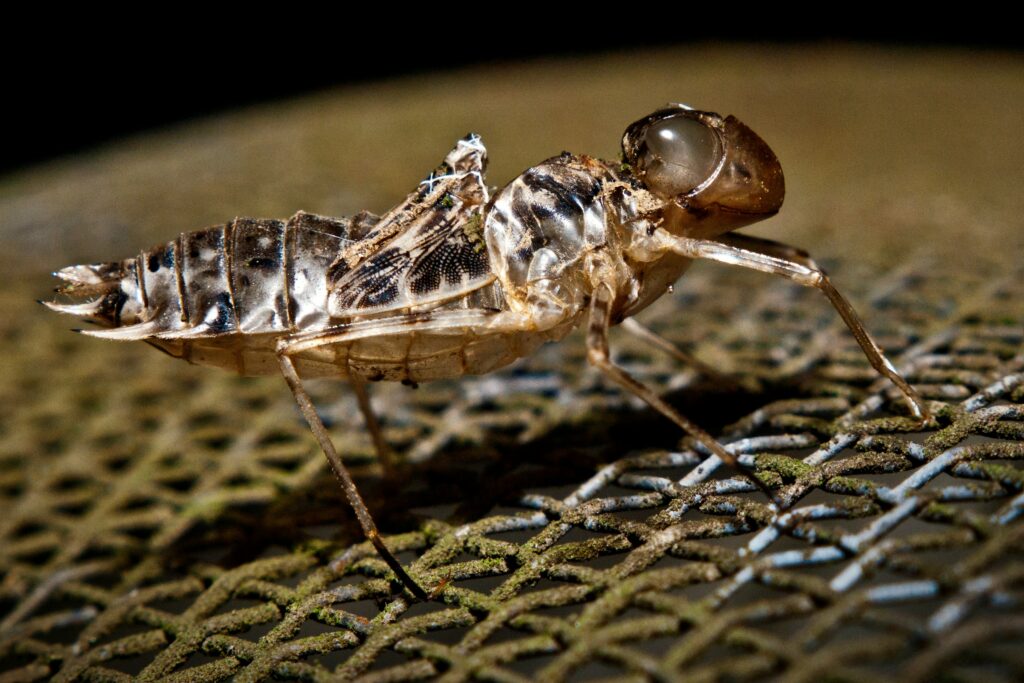
The distinctive sound of cicadas has embedded itself in human culture across civilizations for thousands of years. In ancient China, cicadas symbolized rebirth and immortality, with jade cicada carvings often placed in the mouths of the deceased. Greek literature contains numerous references to cicada songs, with Plato and Aristotle both commenting on their distinctive calls. In Japan, the cicada’s song is considered a defining sound of summer, inspiring countless haiku and appearing regularly in literature and film. Modern composers have incorporated cicada sounds into musical compositions, while some culinary traditions in Southeast Asia, China, and parts of Africa consider certain cicada species delicacies. This cultural fascination reflects humanity’s enduring relationship with one of nature’s most remarkable acoustic performers.
Scientific Research Applications
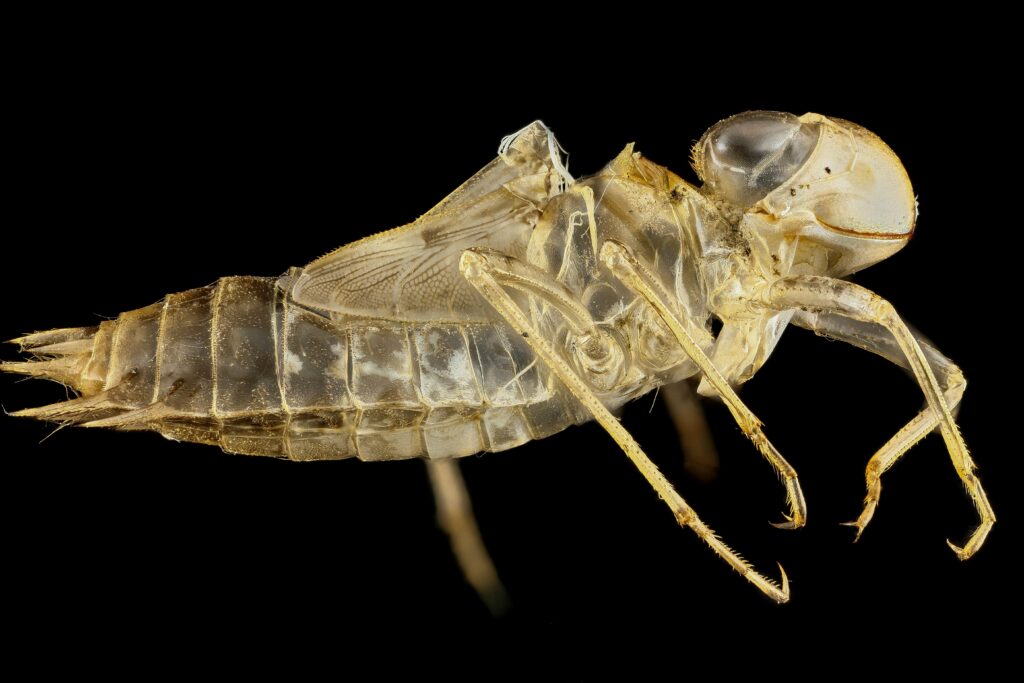
The cicada’s extraordinary sound-producing mechanism has inspired various scientific and engineering applications. Researchers studying acoustic efficiency have examined cicada tymbals to develop more energy-efficient speakers and sound projection technologies. The cicada’s resonance chamber design has influenced architectural acoustics, particularly in the development of spaces requiring natural sound amplification. Biomimetic engineers have studied the cicada’s sound production mechanisms to design mechanical vibration systems that achieve maximum output with minimal energy input. Additionally, some military and communications researchers have investigated cicada acoustics for potential applications in signal projection technologies that maximize range while minimizing power requirements.
Conservation Concerns

Despite their robust acoustic presence, many cicada species face increasing threats from habitat destruction, climate change, and pesticide use. Urban development has fragmented cicada populations in many regions, potentially interrupting the synchronized emergences that characterize many species. Climate change has begun altering emergence timing in some species, potentially creating mismatches between cicada life cycles and their ecological relationships. Researchers have documented declining populations of certain cicada species that serve as important food sources for various forest animals during emergence events. Conservation efforts focused on preserving large, contiguous forest habitats are essential for maintaining healthy cicada populations and the ecological processes they support.
Future Research Directions
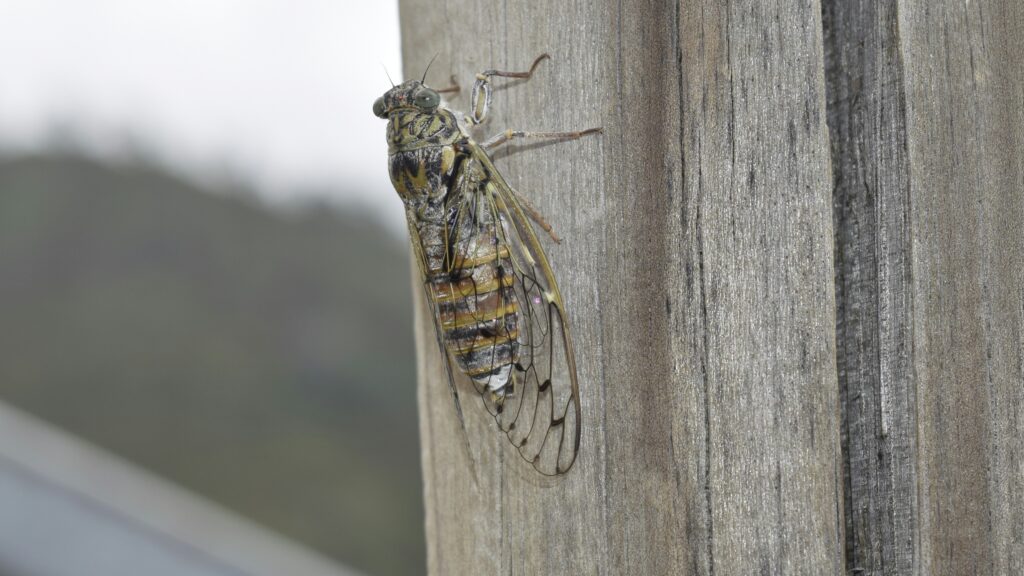
Scientists continue to explore numerous unanswered questions about cicada acoustics and communication. Current research focuses on understanding the neurological mechanisms that allow female cicadas to locate males based on sound characteristics beyond mere volume. Bioacoustic researchers are investigating how cicadas manage to produce such intense sounds without damaging their own hearing structures. Climate scientists are monitoring how rising temperatures might affect cicada calling patterns and reproductive success across different species. Evolutionary biologists are using comparative genomics to trace the development of sound-producing structures across the cicada family tree. These ongoing studies promise to reveal even more remarkable aspects of these acoustic champions and their extraordinary evolutionary adaptations.
The cicada’s remarkable “scream” represents one of nature’s most impressive acoustic achievements—a biological sound system perfected through millions of years of evolution. Far from being a simple noise, the cicada’s call embodies a complex interplay of sexual selection, species recognition, and possibly predator deterrence. These insects remind us that even small creatures can make an outsized impact on their environment through specialized adaptations. As we continue to study these remarkable sound producers, we gain not only scientific insights but also a deeper appreciation for the extraordinary diversity of communication strategies in the natural world. The next time you hear a cicada’s call on a warm summer day, remember that you’re witnessing not just a noise, but one of nature’s most impressive biological sound systems in action.

